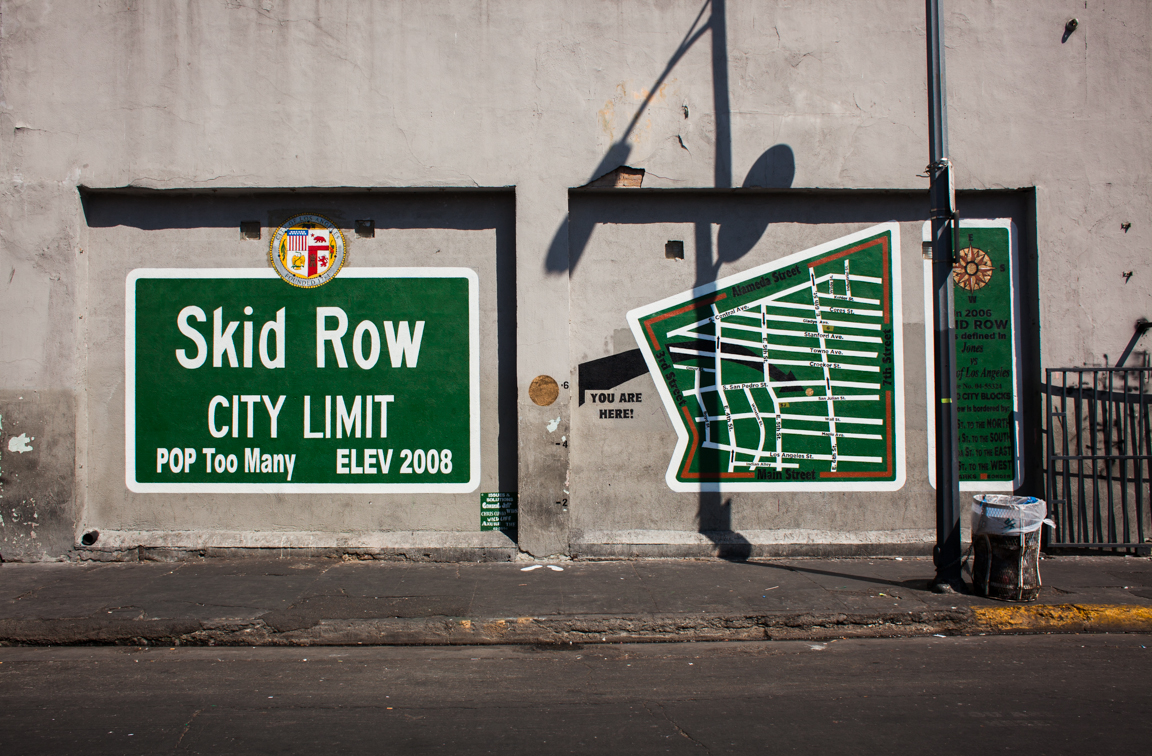By Susan Shelley.
If you thought voter approval of two new taxes in Los Angeles to provide housing and services to the homeless would mean our government officials had no more excuses to ignore the problem, guess again.
The new excuse for doing nothing about homelessness is, “We need more time.”
That was the word from L.A. County Supervisor Sheila Kuehl, who recently wrote an opinion piece published in this newspaper, co-authored with L.A. Family Housing president and CEO Stephanie Klasky-Gamer.
“Practically everyone we talk to has opinions and advice,” they wrote, dismissing the ideas from “well-meaning people who voted for H and HHH” as “magic-bullet solutions” and “Band-Aids.”
Well, that’s one way to look at it.
Another way to look at it is this: A lot of well-meaning people voted for higher taxes to pay for homeless housing and services because they are sick of having unsafe, unhealthful, unsanitary ad-hoc campgrounds growing like mushrooms in their communities.
Kuehl and Klasky-Gamer argue that we should not “cosmetically manage the homeless crisis by investing tons of money in overnight shelters” because the solution to homelessness is homes. They say “the responsible thing” to do with taxpayer money is build new housing — permanent supportive housing — for the homeless.
The city of Los Angeles has set a goal of building 1,000 units of permanent supportive housing every year. But according to the January 2017 report of the Los Angeles Homeless Services Authority, the homeless population of the city is 34,189.
How can the city ever build enough housing to keep up? The demand isn’t static. Why wouldn’t people currently doubled up in apartments or living in garages set up a tent on the streets to get on a waiting list for a brand-new apartment with amenities and supportive services? How many people from other cities, counties, states or even countries would choose living on the streets of Los Angeles over staying in a bad situation somewhere else?
Maybe we’re finding out. The homeless population of Los Angeles increased 20 percent from 2016 to 2017. We can only imagine what the January 2018 survey will show.
Another problem for the housing advocates is that the voters of Los Angeles are more willing to pay for homeless housing than they are to live next to it.
The city’s planning department has released a draft “Permanent Supportive Housing Ordinance” that would speed up the approval process for homeless housing. The ordinance would allow the developments to go up in any neighborhood that’s zoned for multi-family residential buildings. To qualify for the streamlined approvals, all units would have to be “affordable” and 50 percent of the units would have to be set aside for individuals who are homeless.
Under the proposed ordinance, any qualified homeless housing project smaller than 120 units (or smaller than 200 units in downtown L.A.) could go forward “by right,” meaning no environmental review process, no additional approvals from the City Council or Planning Commission, and no legal challenges under the California Environmental Quality Act.
And that’s how the city will eliminate the problem of reluctant neighbors, those people that homeless-housing advocates bitterly call “NIMBYs,” an acronym meaning people who support certain types of projects as long as they’re “Not in My Back Yard.”
Can we talk?
L.A. County voters approved a sales-tax increase to pay for supportive services for the homeless, but does anybody believe those services will solve all the problems that have led tens of thousands of people in Los Angeles to end up on the streets?
If people resist the idea of having homeless housing built in their neighborhoods, it’s likely because they fear, with some justification, that their neighborhoods and their lives will be negatively impacted by a concentration of people with problems that go far beyond the merely economic.
And if people welcome the construction of homeless housing in their neighborhood, will the city and county guarantee that new homeless encampments will not be allowed in that same neighborhood? Or will the presence of supportive services for the homeless turn that neighborhood into a new Skid Row?
If public officials were truly interested in solving the problem of homelessness, they would take a multi-faceted approach that included the construction of short-term and longer-term shelters as well as new housing, all with the goal of getting people off the streets, everywhere, immediately.
But it appears that public officials would rather hang onto the problem. It’s always useful as an argument for tax increases. No doubt we haven’t seen the last of them.
[divider] [/divider]





